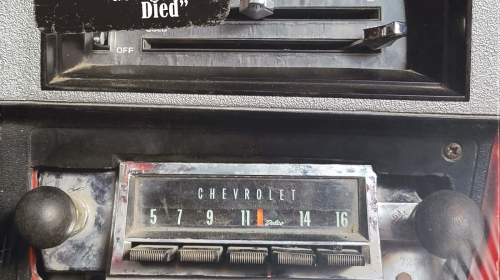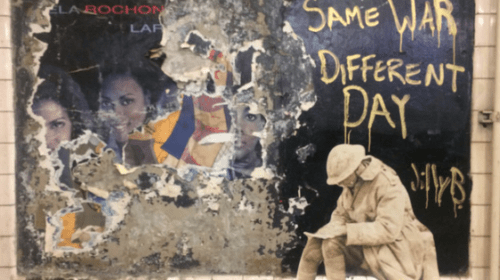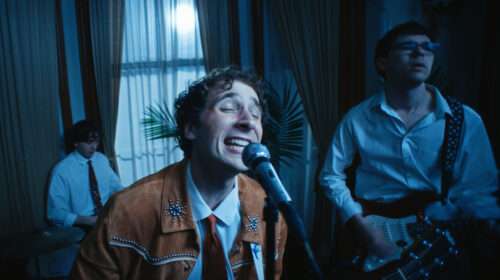Sue Vanner: The Beginnings of Northern Soul: Best known for her Bond girl role opposite Roger Moore in The Spy Who Loved Me, Sue Vanner is also a successful singer – she released the track ‘Don’t Pity Me’ under the name of Sue Lynne in 1969. The song was written and produced by Chris Andrews, who had a series of hits with Sandie Shaw, Suzi Quatro and Adam Faith. It was released on RCA Records and became a standard in the Northern Soul clubs in the 1970s. This article will take a closer look at the Northern Soul movement, exploring its roots and development.
Emerging in Northern England and the English Midlands towards the end of the 1960s, Northern Soul was an important element of the British mod scene. Based on Black American soul music from the mid-1960s, this popular music and dance movement was characterized by a heavy beat and fast tempo. Largely eschewing the Motown music that became such a mainstream commercial success during the late 1960s, Northern Soul was more than just a musical genre, with the term describing a cultural movement that incorporated fashions and specific dance styles emanating from the underground rhythm and soul scene.
Northern Soul recordings sought by collectors today are generally those released by lesser- known artists in limited numbers, particularly those produced by leading American labels of the era such as Chess Records, Okeh, Brunswick Records, Mirwood Records of Los Angeles, and Golden World Records of Detroit.
Across the North of England, at venues like the Twisted Wheel in Manchester, thousands of teenagers began a revolt against the pop charts, dancing instead to their own syncopated beat.Floor shaking, floating, stomping and shuffling brought joy and catharsis to teenagers, the movement preceding a passion for independent labels of new wave and punk.Northern Soul dance moves and fashions started to spread across the UK, becoming popular in Wigan Casino, Stoke-on-Trent’s Golden Torch, Blackpool Mecca, and other popular British nightclubs and dance halls.
In terms of Northern Soul fashion, the movement was characterised by wide flares, nipped-in tank tops, circle skirts and smart brogues. In particular, appliqued patches became an important component of Northern Soul fashion, with individual venues and scenes creating their own sew-on patches, instilling a sense of belonging among wearers. The movement adopted the American Black Power movement’s clenched fist logo in a celebration of cultural assimilation. Although Northern Soul started life as part of the mod movement, it quickly developed its own unique character and style.
Musical anthems of the Northern Soul movement include ‘Tainted Love’ by Gloria Jones and ‘Do I Love You’ by Frank Wilson. Artists commonly played at Northern Soul nightclubs and dancehalls included Edwin Starr, Frankie Valli and the Four Seasons, Marvin Gaye, Dean Parirsh, Tobi Legend and Jimmy Radcliffe. Northern Soul hits tended to combine soulful vocals with a vigorous beat, typically incorporating brass instrumentals – adding to their optimistic and buoyant nature.














